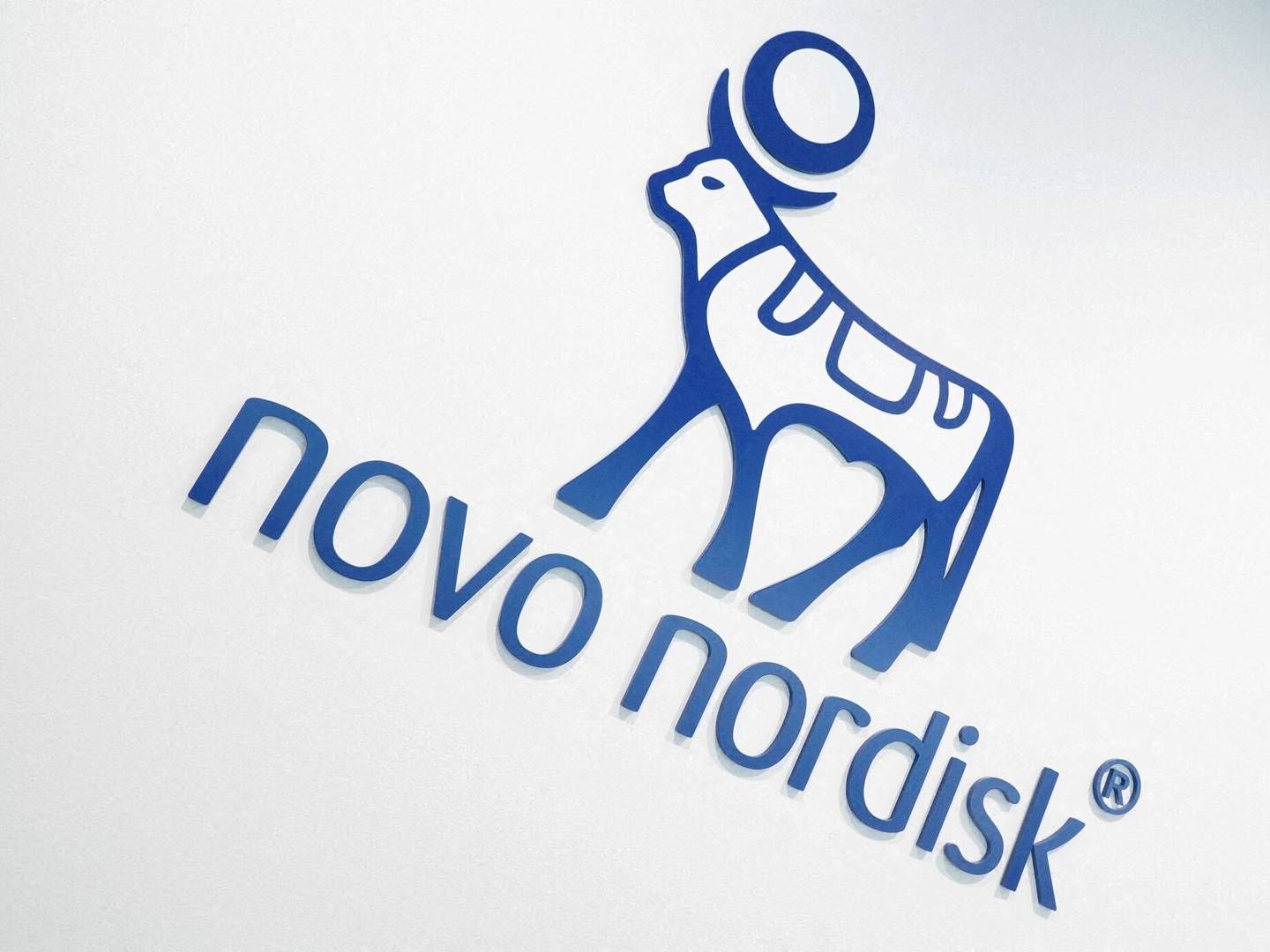Company Branding and Company Storytelling
This article describes an integrated view
on corporate branding, which based on the
strategic-business branding balances and
tells the company’s stories on each field.
Subsequently the article will deal with the
more neglected side of branding: how the
employees of the company brand the company
towards the external environment
and how this type of branding can be used
to image recruitment towards potentially
new employees. These very aspects of the
branding concept seriously put the network
society’s reflexiveness on the agenda. K-forum bringer her
Jesper Højberg Christensens artikel fra den nye
bog, "Senders and Receivers – New Perspectives on
Market Communication". Jørn Helder & Simon Ulrik Kragh (eds.) 2002 Samfundslitteratur.
Towards a More Integrated Branding Concept
Corporate branding has become a buzzword, a catchphrase, like profiling
was ten years ago. And though it covers the same phenomenon to a large
extent it has become much more versatile and dynamic. I.a. corporate
branding covers not only the company itself but also the stakeholder.
The expression branding is derived from the first branding of cattle in
the USA. Then, in the 1950s in the USA, branding became a concept of
how the company differentiates its product from that of the competitors.
And today the concept also covers the more intangible values with
which the stakeholders associate the company.
Figuratively speaking we have moved from “it is my cattle” to the
conception that “we do not buy jogging shoes to keep our feet warm but
to signal youth, robustness or something else” and now to the feeling
that “Nike is me.” Corporate branding can and will then again be defined in many ways.
In Advice A/S we define corporate branding as “the continued, integrated
business-, organisation- and communication processes where a
stakeholder differentiates the company by virtue of the fact that it shows
the core values and the stories it lives and offers the world through relations,
products and communication.”
This is not a very simple or very precise definition, but for us it covers
the four aspects, which are connected in the concept:
1. Strategic branding
Must answer the value proposition of the business, i.e. why the business
exists and creates value to its owners/shareholders and thereby
work out the main strategy for the business.
2. Marketing branding
Must show how the company differentiates itself on a market where
not only products but also companies shall differ from each other
through their stories.
3. Employee branding
The management and the employees of the company must tell each
other who they are and how they will “live” their business.
4. Stakeholder branding
The company must enter into a dialogue with its stakeholders about
the social part, the responsibility and the position of the company.
The very visible aspect of the integrated approach is indeed that corporate
branding is an actively operating process deeply rooted in management
– but nevertheless it cannot be fully managed as no management
completely controls public reputation and image, not to mention
own culture. The different branding approaches are also a product of different
organisational positions and traditions for which reason the company shall
be able to balance between the four practices, which altogether constitute
the corporate branding of the company:
(The integrated corporate branding is illustrated in the figure on the following
page.)
Læs resten af Jesper Højberg Christensens artikel her
Læs bogens indledning og se indholdsfortegnelsen her





























